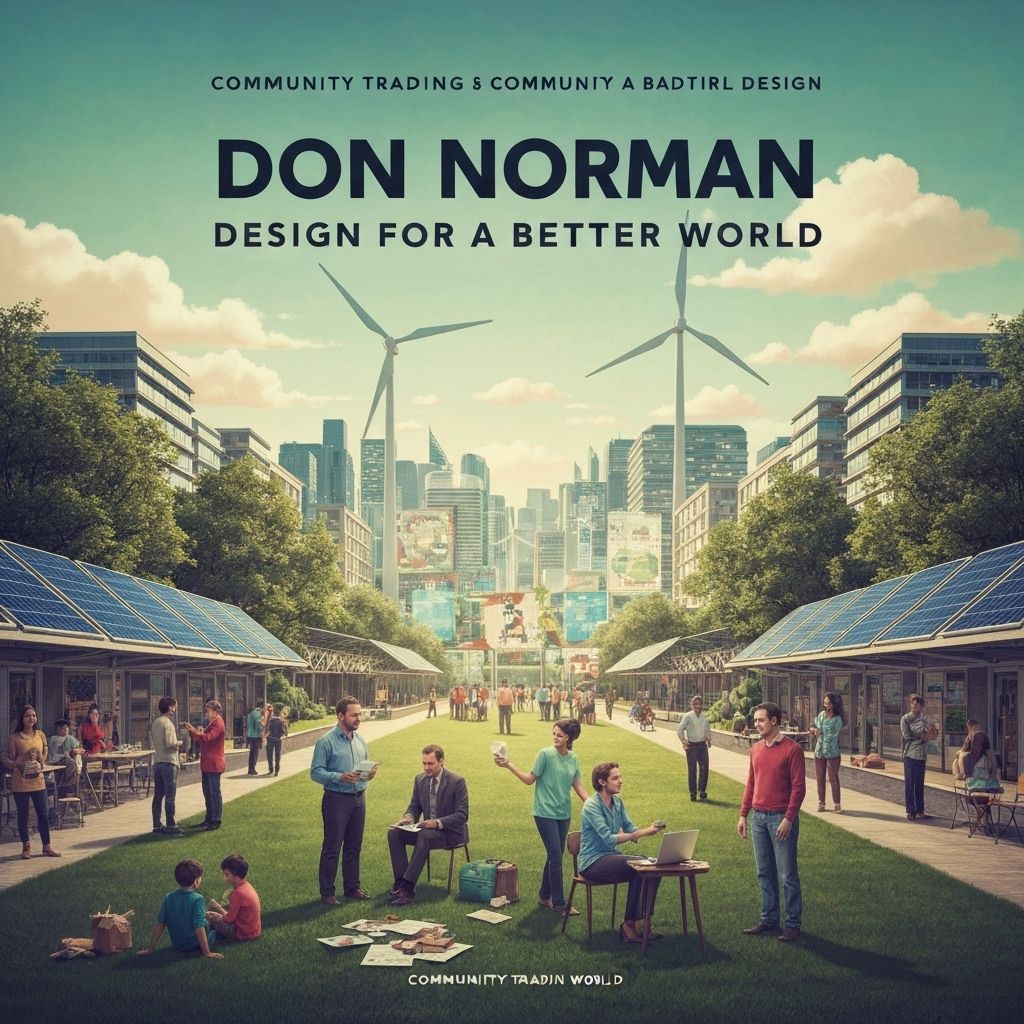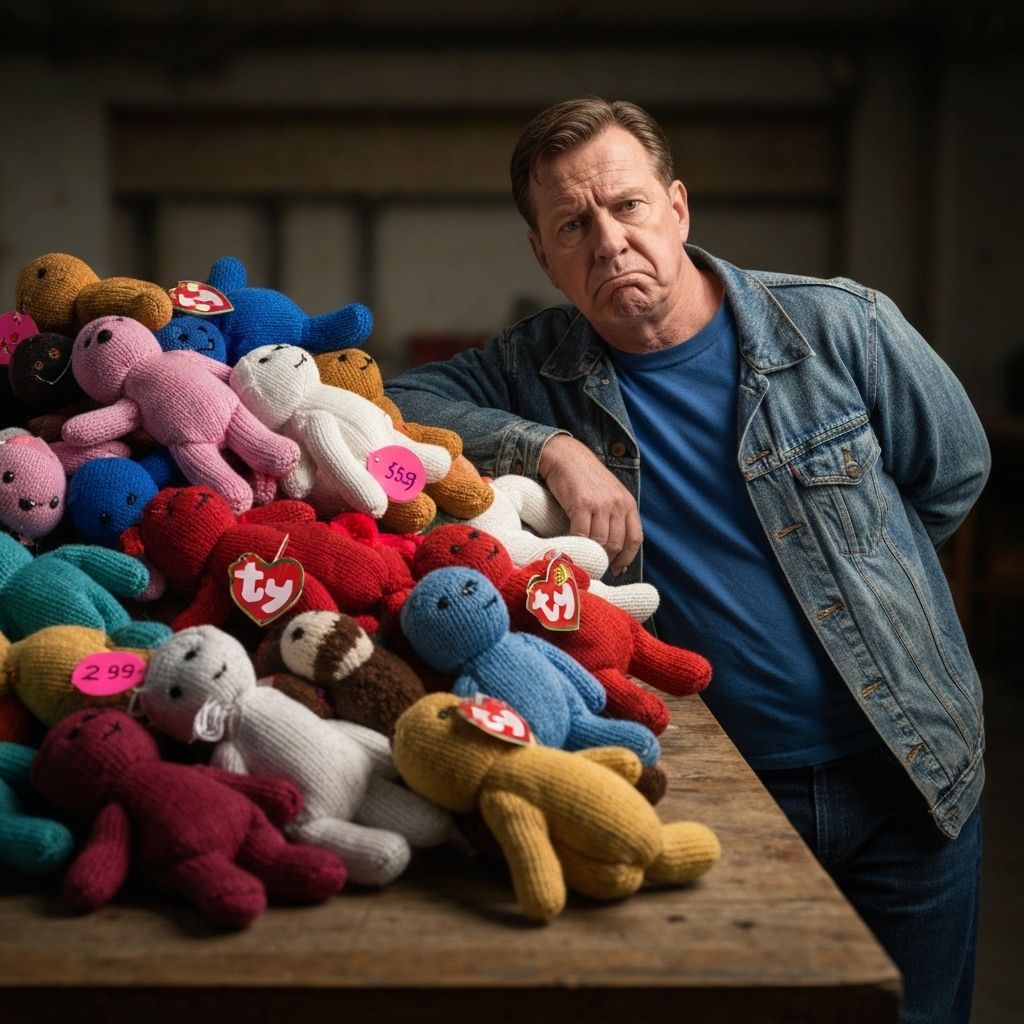Design for a Better World: The Book That Inspired SwapVault


Sometimes you read a book that completely changes how you see the world. Don Norman's "Design for a Better World: Meaningful, Sustainable, Humanity-Centered" was that book for me—and it became the philosophical foundation for everything we're building at SwapVault.
"Almost everything artificial has been designed. Because these designs are artificial, they can be changed—but their longevity makes them seem natural."— Don Norman
The Problem with User-Centered Design
Norman's central argument hit me like a lightning bolt: we've been designing for the wrong thing. For decades, the design world has obsessed over "user-centered design"—optimizing for individual users in isolation. But this approach has created systems that serve individuals while destroying communities, ecosystems, and our collective future.
Think about it. Facebook optimizes for individual engagement, creating echo chambers that tear apart social fabric. Amazon optimizes for individual convenience, destroying local businesses and creating massive environmental waste. Uber optimizes for individual transportation, undermining public transit and worker rights.
Norman calls for a radical shift: from human-centered to humanity-centered design. Instead of asking "How can we serve this user?" we should ask "How can we serve humanity as a whole?"
The Metrics That Mislead Us
One of Norman's most powerful insights is how our obsession with measurement has led us astray. We measure GDP instead of well-being. We measure engagement instead of meaningful connection. We measure efficiency instead of sustainability.
These "precise but artificial measurements" create a feedback loop that optimizes for the wrong outcomes. When platforms measure daily active users, they design for addiction. When companies measure quarterly profits, they design for planned obsolescence. When governments measure GDP, they design for consumption over conservation.
Norman's Alternative Metrics
- • Community resilience over individual wealth
- • Environmental regeneration over resource extraction
- • Social cohesion over competitive advantage
- • Long-term sustainability over short-term growth
- • Meaningful relationships over transactional interactions
The Circular Economy Revolution
Norman dedicates significant attention to moving beyond our "age of waste" toward circular economy principles. Instead of the linear "take-make-dispose" model, he advocates for systems built around reuse, repair, and regeneration.
This isn't just about recycling—it's about fundamentally rethinking how we create and exchange value. In a circular economy, waste becomes input, ownership becomes access, and competition becomes collaboration.
Reading this section, I kept thinking: "This is exactly what peer-to-peer trading could enable." Instead of everyone buying new items they'll rarely use, what if we shared resources within communities? What if we designed systems that made reuse more convenient than disposal?
From Complex Systems to Simple Solutions
Norman emphasizes that we live in complex sociotechnical systems where small changes can have massive ripple effects. Traditional approaches try to control this complexity through top-down management. But Norman suggests a different path: design simple tools that enable emergent, bottom-up solutions.
This resonated deeply with my experience in tech. The most successful platforms don't try to control user behavior—they create simple tools that enable users to solve their own problems. Think Wikipedia, not Britannica. Think Linux, not Windows. Think local communities, not global corporations.
How This Inspired SwapVault
Reading Norman's book was like having someone articulate everything I'd been feeling about the current state of commerce and community. Every chapter reinforced my conviction that we needed to build something fundamentally different.
Humanity-Centered, Not User-Centered
Instead of optimizing for individual convenience, SwapVault optimizes for community resilience. Our success metrics aren't about maximizing transactions—they're about strengthening local networks, reducing waste, and creating meaningful connections between neighbors.
Circular by Design
Every feature we build asks: "How does this extend the useful life of objects?" Our escrow system isn't just about safe transactions—it's about building trust that enables sharing. Our local-first approach isn't just about convenience—it's about reducing carbon footprints and supporting local economies.
Meaningful Metrics
We measure community health, not just platform growth. We track waste diverted from landfills, not just revenue generated. We celebrate long-term relationships between traders, not just transaction volume.
Participatory Development
Norman advocates for "people designing for themselves" rather than experts designing for users. That's why SwapVault's roadmap comes directly from our community. Every feature request, every policy change, every design decision involves the people who actually use the platform.
Norman's Design Principles in SwapVault
Systems Awareness
Every trade strengthens local networks and reduces global supply chain dependence
Circular Principles
Built for repair, reuse, and extending object lifecycles
Participatory Design
Community members shape platform development and governance
Value Alignment
Technology serves human flourishing, not profit maximization
The Challenges Ahead
Norman is honest about the difficulties of implementing humanity-centered design. Entrenched interests resist change. Institutional inertia is powerful. Complex systems are hard to predict and harder to control.
But he also offers hope: "Design thinking, if reoriented, can help." The same creative problem-solving that created our current systems can be redirected toward more sustainable, equitable, and meaningful outcomes.
Building SwapVault has taught me that Norman is right—change is possible, but it requires patience, persistence, and a willingness to measure success differently. Every successful trade on our platform is a small victory for circular economy principles. Every new community connection is a step toward humanity-centered design.
Why This Book Matters Now
We're at an inflection point. Climate change, inequality, and social fragmentation are forcing us to question fundamental assumptions about how we organize society. Norman's book provides a roadmap for designers, entrepreneurs, and citizens who want to be part of the solution.
The book isn't just theory—it's a call to action. Norman challenges us to look beyond individual optimization toward collective flourishing. He asks us to design not just for users, but for humanity.
That's exactly what we're trying to do at SwapVault. We're not just building a trading platform—we're prototyping a different way of organizing economic relationships. One that prioritizes community over profit, sustainability over growth, and meaning over efficiency.
Ready to Design for a Better World?
Join our community of conscious traders building circular economy solutions, one exchange at a time.
Start Trading SustainablyNorman's "Design for a Better World" isn't just a book—it's a manifesto for anyone who believes technology should serve humanity, not the other way around. If you're building anything that touches people's lives, read this book. Then ask yourself: am I designing for users, or for humanity?
The answer might just change everything you build.


